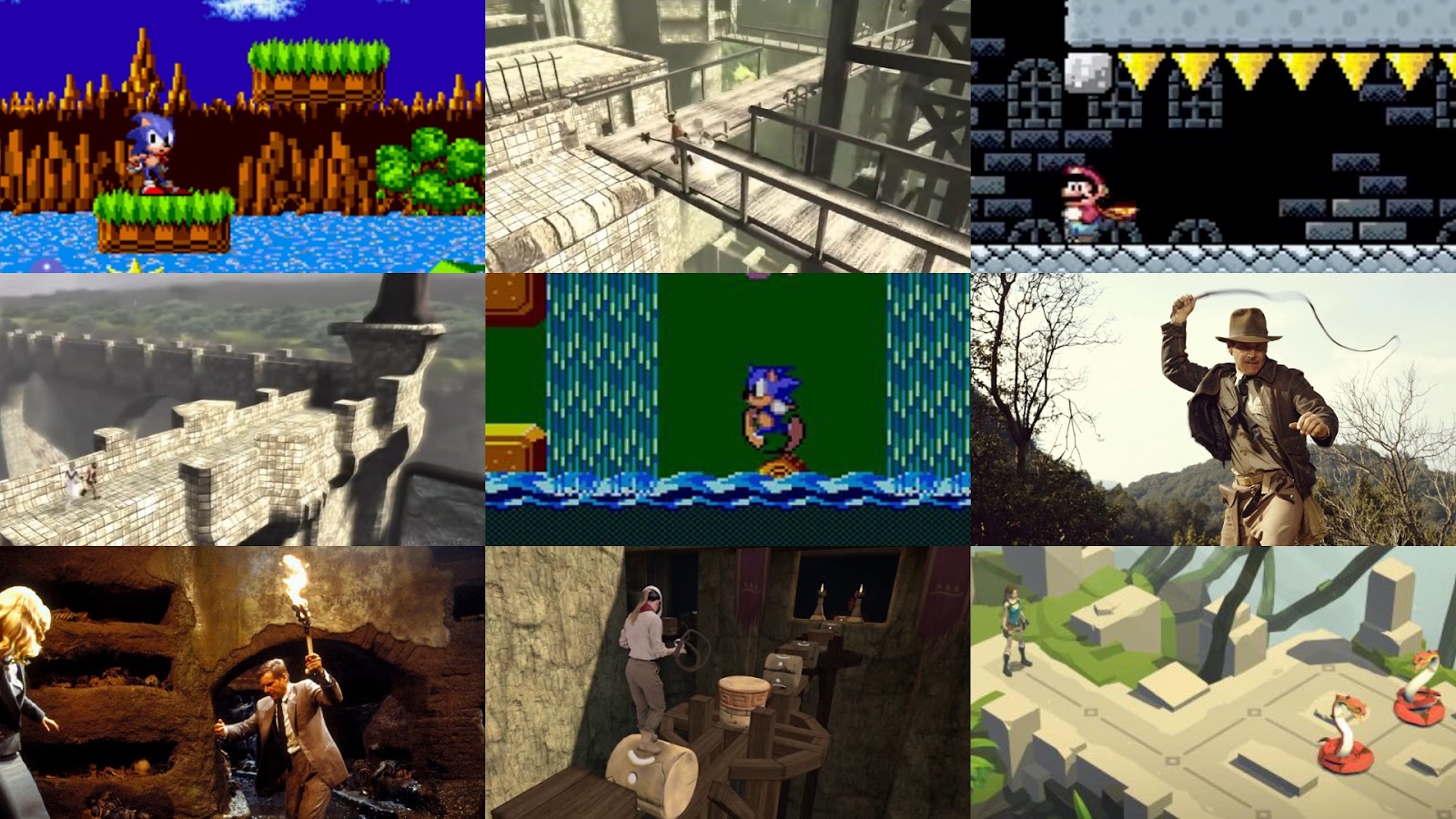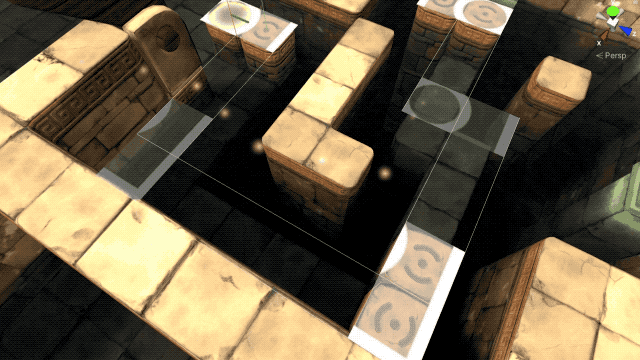Unity Technologies has announced a new Unity Runtime Fee that charges developers a fee of up to $0.20 per installed game above certain thresholds. According to my calculations, it can be a bankruptcy death-trap, at least in certain cases.
Shockingly, the owed percentage is unbounded to the point that the owed amount can exceed gross revenue, since it depends on installs, not sales.
Update: Unity since backtracked and apologized for the announced changes. With the new updates to the terms, Unity will clamp the install fees to be at maximum 2.5% of revenue. And the changes will not be retroactive after all. Furthermore, John Riccotello is stepping down as CEO. There are more details in the linked blog post.
Even with these rollbacks, the changes to the terms still constitute a price hike, at least for developers earning more than one million dollars in a year. Furthermore, Unity has suffered a tremendous decrease in trust and goodwill, which already was not great before. With the rollbacks, there is less urgency for developers to switch to a different engine, but the whole situation has highlghted the importance of being prepared for such a scenario and have eyes and ears open towards other engines as well.
The original post continues below.
You can check out the specifications in their blog post. Based on those, I've made two charts where you can look up how big a percentage of your gross revenue you would owe Unity, based on the number of installs and on how much revenue you make for each of those installs. The fee specifications are different for Unity Personal and Unity Pro, so there is a chart for each.


If you want to check the math used for the charts, you can check out the source for the chart for Unity Personal and the chart for Unity Pro.
Effect on free-to-play games
The first takeaway is that free-to-play games are kind of screwed, since the average revenue per user is often very low in that monetization model. This is probably deliberate. See, Unity is reducing or waiving the new fees for games that make use of certain services of theirs, such as Unity Gaming Services or Unity LevelPlay mediation for mobile ad-supported games. And there are reports that getting more games to adopt these services and kill off the competition was the whole point of introducing the new fees. This sounds like a rather shitty anti-competitive practice.
Enough about free-to-play though; I don't personally care that much about it and my knowledge about this area is very limited. What about premium games? Even if those are just collateral damage in Unity's strategy, they are still profoundly impacted.
Effect on premium games
Premium games (games that are bought with an up-front purchase) can typically have price tags such as $10, $20 or $60, and at those prices, Unity's Runtime Fee of $0.20 (or lower) per install is just a tiny fraction, right? No, unfortunately that's not how it works at all.
Sure, if you assume that a premium game has one install per unit sold, and think of the revenue per install as the original price the game is sold at, then the new fees don't look too bad for premium games. But it's a trap to think that way.
The average lifetime price for a premium game is lower than you think
The average price a game sells at over its lifetime can be a fraction of the price it sells for initially. Deep discounts (e.g. 90% off on Steam) and bundles (Humble Bundles and similar) can rapidly drag down the lifetime average price of a game, since it often happens that way more people buy it at these lower price points than at the original price.
So when using the charts above, don't consider a game's initial price. Instead, think of the lowest price the game could be sold at when it's at the maximum discount it will ever be, or when it's sold in a bundle together with other games, each game earning only very little per sale.
And that low price, that's just the starting point.
The number of installs is not the same as the number of copies sold
Don't think of the X axis in the charts above as the number of copies sold. The number of installs can be much higher, due to a variety of factors:
- A customer can install their purchase copy on multiple devices. Unity has said this will count as multiple installs.
- A customer can uninstall the game and later install it again. Unity initially said this will count as separate installs and later said it won't. They have not disclosed how they would be able to know.
- On some devices and stores, updating a game to a newer version might count as a new install. Unity has not disclosed their methodology.
- Pirated versions of a game are unrelated to copies sold. Unity has said those won't be counted, but in practice they have no way of knowing if a given install is a pirated copy or not. They have said that developers are welcome to contact them if they suspect they have been victims of piracy. If this does not fill you with confidence, you're not alone.
- Sometimes, full premium games are made free to play for a weekend or similar. It's a kind of demo, but using the same build as the full game. It's just limited in time. Meta also has a try before you buy functionality where players can try certain games for e.g. 15 or 30 minutes before deciding if they want to buy it. These types of demos, that are not separate builds, count towards the install counts of the full game, and obviously the number of people who try the game can be much higher than the number who end up buying it. It essentially behaves similar to the free-to-play model.
How to actually use the charts
The problem is that you probably have little idea what the sold-copies-to-installs ratio will be for your game, given all the unpredictable factors mentioned above (multiple devices, reinstalls, updates, piracy, time-limited full-game demos if applicable). But you can start by pretending one sale equals one install and plot a point in the chart based on that.
- Plot an initial starting point in the chart based on sold copies and revenue per sold copy:
- For the X axis, predict how many copies your game will sell.
- For the y axis, predict the average price the game will sell at, keeping in mind that it'll probably be closer to the lowest price the game will ever sell at than to the initial price.
Now spot the diagonal black line that goes through the chart, which represents the 0% threshold.
- Draw a line from your chosen initial starting point in the graph and down and to the right, parallel to that black 0% line.
The higher the sold-copies-to-installs ratio is, the further you will move down and to the right along that line. This is because a higher sold-copies-to-installs ratio will both increase the number of installs and decrease the revenue per install. And in these particular charts, it forms a straight line because both the X axis and Y axis are exponential.
Example
Let's say you expect your game will sell on average for $10, taking discounts etc. into account, and that you expect to sell 300k copies. You want to know what you might owe Unity if you stay on the Unity Personal license (which is actually allowed regardless of revenue according to their announced changes).
So in the chart for Unity Personal you plot in an initial point, which is at 300k on the X axis and at $10 on the Y axis. This would represent what you owe if there is exactly one install per sold copy.
But to be aware of potential effects of the sold-copies-to-installs ratio being higher, you draw in a diagonal line starting from your initial point and going parallel to the bottom black 0% line.

Following this line shows you the effect of higher sold-copies-to-installs ratios, such as 2x and 10x, and you can see how this drastically affects how big a percentage of your gross revenue you owe to Unity.
Consequences
Unfortunately I can't help you figure out what is a realistic sold-copies-to-installs ratio to expect, because I have no idea even for my own games, let alone others'. And that's kind of the problem here. Charging based on installs is utterly bonkers due to how unpredictable it is.
It's impossible to budget for. And it makes all kinds of things which are a normal part of game development (like discounting your game, accepting that piracy is inevitable, etc.) into suddenly nerve-wrecking issues since they could have drastic effects on what you owe Unity.
On top of the number of installs being unpredictable even if they were counted correctly, you also can't trust Unity to do that, since the way they track it is proprietary and unaccountable. It relies on Unity saying "trust us, you owe us this much money" and you not being able to inspect their methodology, data, or calculations at all. And many of the things they claim they will correctly count or correctly refrain from counting, are simply not practically possible.
In fact, an alleged Unity employee (and it looks legit to me) posted anonymously that Unity is aware developers may in some cases lose more per install than they earn, even to the point of bankruptcy, but that they would "fix this with the customer to not bankrupt them".
The issue with that is that no serious business would leave a matter of potentially going bankrupt to be addressed with some future ad-hoc fix at another company's whim. That stuff needs to be up-front and contractual, even with companies you trust, let alone with Unity.
In short, this is an absolute train wreck.
On a related note, I also wrote here about how contrary to what Unity says themselves, Unity 2022.x or earlier and Unity 2021.x LTS or earlier are not affected by the Unity Runtime Fee as far as I can tell, based on Unity's own Terms of Service. It covers how a previous version of the Terms of Service allowed to stick with that version of the Terms of Service if you don't upgrade Unity, and how it doesn't matter that Unity removed that clause in a later version of the Terms of Service, since the older terms did not give them the right to change the terms like that.


